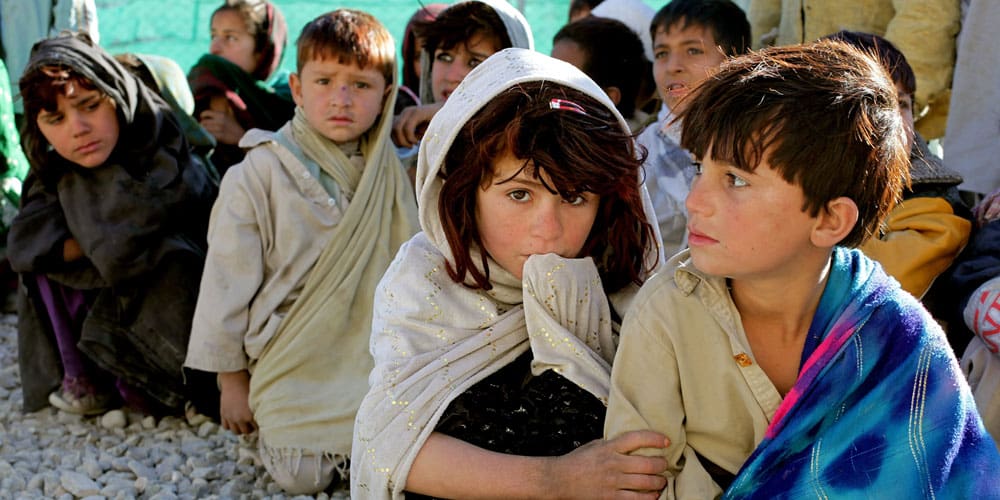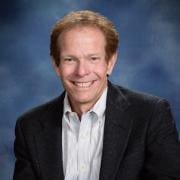04 Oct Helping the Church Run Toward Suffering

The news reports on a new crisis daily. We live in a world with unspeakable human suffering. The United States’ exit from Afghanistan has triggered painful realities for those still there and for refugees transitioning here and around the world. Our hearts deeply empathize with their trauma of leaving their homeland, worrying about family left behind, and the uncertainties of starting over in new cultures with not much more than the clothes on their back.
In response, Christians are compelled to help and muster up the courage to get involved. Our excitement grows. Our search for the frontline resettlement agency, nonprofit or church to call is a bit frustrating, but we make a connection. Then we wait. If mobilization or execution is in disarray, we are discouraged. We feel hurt and devalued and may not try again. We have seen this happen with many urgent needs in recent crises.
Unfortunately, when the magnitude of suffering is greatest, timely relief is often hardest. Some crises are simply too large or complex for even the most seasoned response organizations and networks. One agency received 25,000 calls two weeks into the Afghan refugee crisis. They and many others were overwhelmed with both the scope of the problem and the unprecedented level of well-intentioned response.
Where can we find a model for effectively connecting those who respond to needs and those in need? During the plagues of the 1st-4th centuries the Church grew because of the mercy displayed by Christians. They acted in unity around a common goal of compassion and care for those who were suffering.
These Christians displayed heroic, Christ-like and counter-cultural sacrifice and unconditional love, promoting human flourishing. They were connected in everyday life and shared common values driven by Jesus’ unconditional love. This extended further to how immigrants and refugees were considered equal to natives within their community in which all took responsibility for its health and transformation.
As history unfolded, the Church became a vital part of the social fabric including running hospitals and orphanages and feeding the marginalized. It later abdicated this role in part as it stepped aside in the face of government expansion and secular pressures. Disunity in the form of denominational divisions, political, social and racial influences led to fragmentation. Well-intended siloed efforts of the past have hurt because we have duplicated work, left gaps and not always played to strengths.
In the current Afghan refugee crisis, the Church is running towards suffering. Yet our helping can hurt unless we equip ourselves both technically and culturally to serve our new neighbors as they heal from trauma and overcome barriers to transition and flourishing. While the Church has capacities to serve, these are not always aligned, and latent capacity can remain untapped. Full mobilization needed in times of crisis necessitates a level of interdependent collaboration analogous to what we saw in the early Church, with collective impact exceeding the sum of all the parts. In embracing this challenge, we must be sure that both those who strive to welcome and provide for refugees, and those who are in such desperate need of help, feel valued and cared for.
What is a modern solution? A “backbone organization” can serve well as a catalyst for uniting, aligning and seizing latent capacity. It can mobilize resources, align collaborative actions among partners, and provide support to channel knowledge and capacities to match resources with needs, yielding greater collective impact by working together. OneHeartDC has been a platform serving in this role for the Afghan refugee transition as well as ongoing efforts in Covid-19 relief, longstanding issues in distressed communities in DC, and serving immigrant communities.
Many Christians are carrying a renewed hope into the unacceptable realities of today’s world, seeking transformation of individual lives and whole communities. When given the adequate framework to act in accordance with their faith, what emerges is a Church FOR the community, serving at the intersection of where people and communities need help, where God’s heart lies (as with refugees, immigrants, widows, orphans, children, etc.), and where the Church has capacity to serve. Being a Church FOR the community is not just getting people into our churches, but getting believers to become increasingly vital in helping communities thrive so that needs are met and dreams are realized. And this takes, perhaps above all else, time – just as God shows patience with us.

Howie Levin
Executive Director, OneHeartDC
Howie Levin is Executive Director of OneHeartDC a platform of over 750 churches and organizations focused on community transformation in the Washington, DC region. Our shared agendas, ownership and accountabilities help us achieve greater collective impact working together than in isolation.


